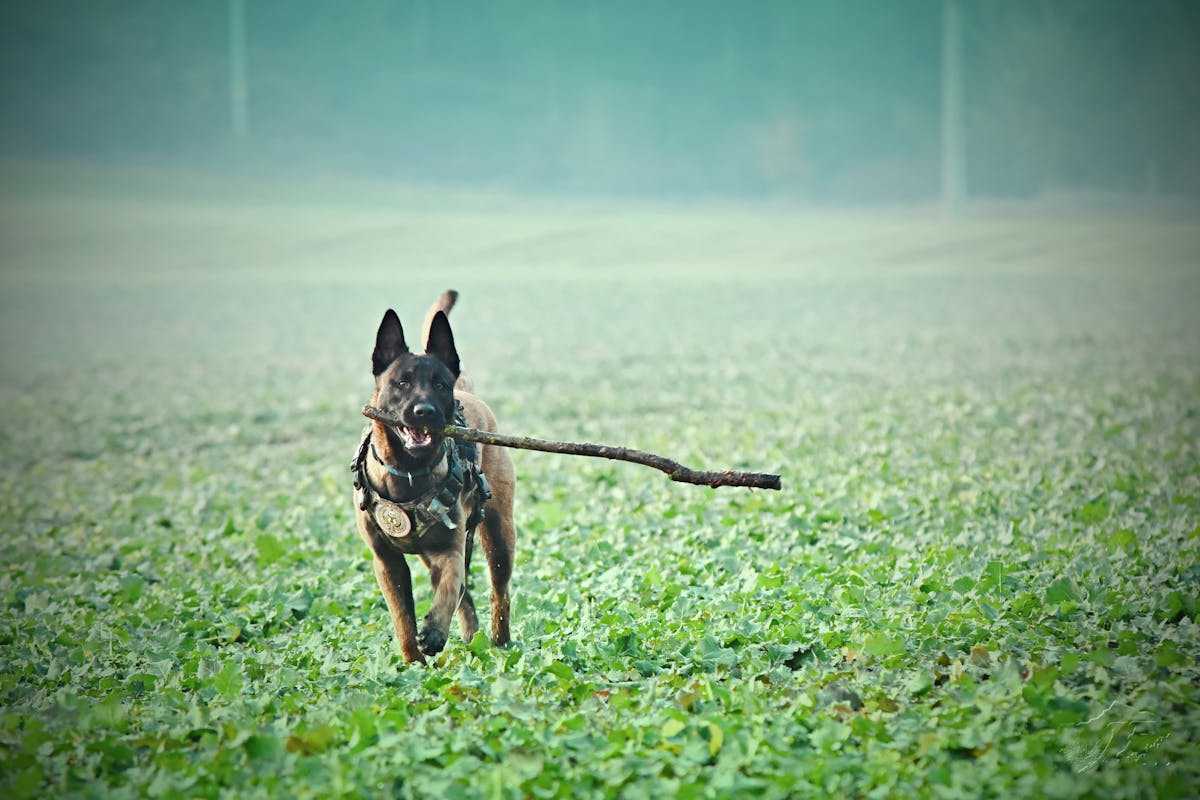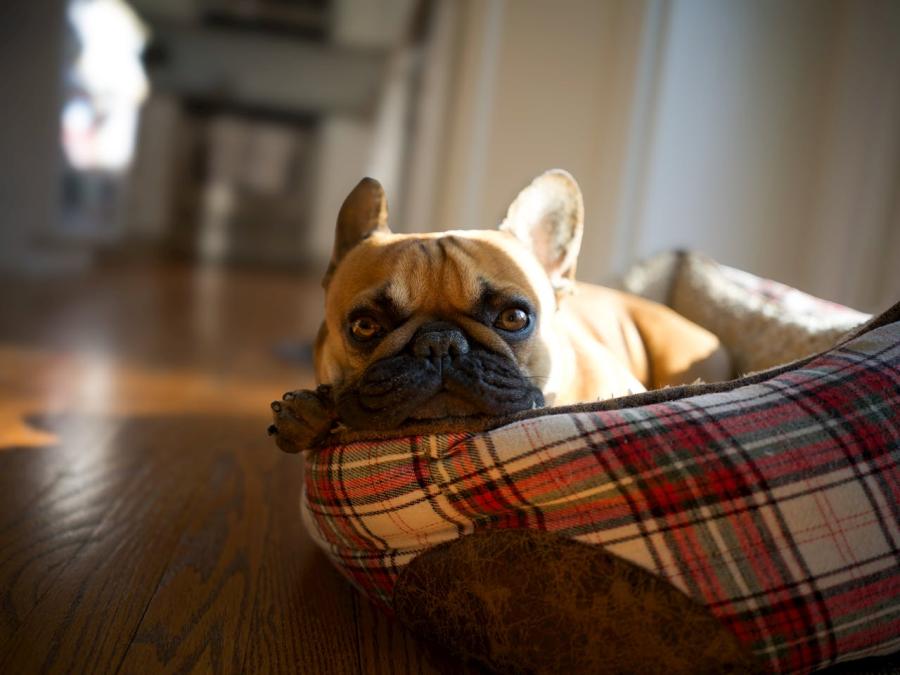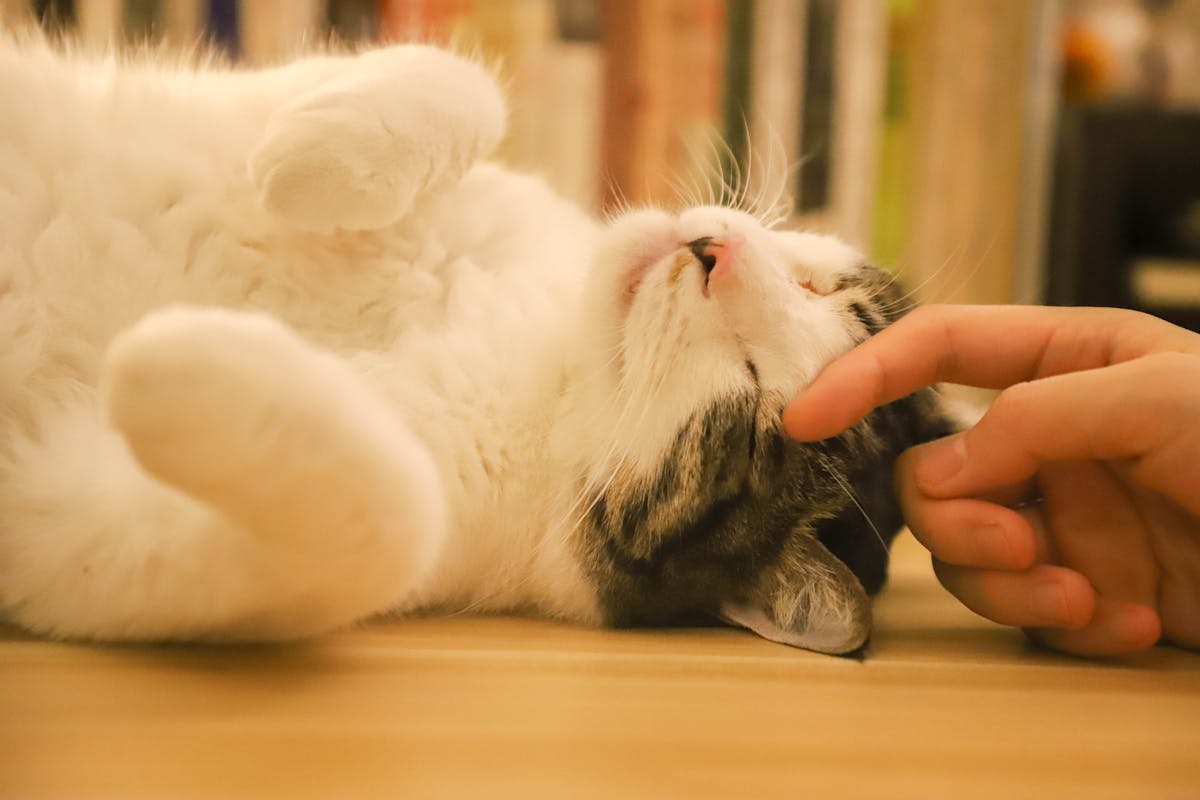
Belgian Shepherd (Malinois) – Everything You Need to Know About This Dog Breed
The Belgian Shepherd (Malinois) is a versatile and intelligent dog. They have a great ability to adapt, which makes them suitable for various purposes. They are primarily working dogs, but due to their adaptability, they can also serve as police, military, rescue dogs, or even for specialized operations. These are also very energetic and athletically built dogs, which allows them to be so versatile. In addition to intelligence, Belgian Shepherds are also known for their loyalty. This naturally makes them perfect pets who will love and try to protect their owner at all costs. But be careful, because their protective instinct is so strong that the dog may easily bark at your best friend if they make the wrong move.
Characteristics
Belgian Shepherds are very grateful dogs. Their loyalty, intelligence, and versatility help them adapt to various types of training. Training should of course start early, but they will quickly and easily master basic commands and progress to advanced ones in no time.
Their desire to protect their owners makes them not only good and loyal pets but also excellent guard dogs. Be assured, no one will get past them unless you allow it first.
However, all their energy and desire to please and defend their owner comes with the need to burn that energy somewhere. Belgian Shepherds thrive best in large households or places where they have plenty of space to expend energy. Owners must not neglect this breed, as they need the attention of their best friend and plenty of playtime.

Temperament and Personality
The Belgian Shepherd is the perfect type of dog for a very active person. It is a loyal and intelligent working dog that is used to freedom, especially because it can adapt to almost any climate.
Their character is a strong suit – they are alert, cautious, and attentive, but also curious. However, they are not mischievous, so you don't need to worry about them running away for no reason.
As an athletic and energetic dog, it's reasonable to assume they need a lot of physical activity. But mental stimulation is equally important. So during training, it's good to frequently change activities, and when they grow up, you'll need to find additional ways to keep them engaged.
Unfortunately, even though they are great dogs for households, they are not recommended for families with small children. It’s very important to train them to be calm around children because even if you don't have any, it can be problematic when you’re in environments where kids are present.
Health
The Malinois is generally a very healthy breed. Thanks to their adaptability, they adjust easily to all types of climates. This makes it easy to get them used to life in an apartment or house, as long as they get regular walks. Ideally, a Malinois can live between 12 and 14 years.
Common Illnesses and Issues
Despite everything, like all dog breeds, the Malinois is also susceptible to certain illnesses and problems. However, there's no need for excessive concern because they truly are quite healthy and very resilient. The most common issues are usually inherited, and may include:
Coronary artery disease,
Shoulder and hip dysplasia,
Epilepsy,
Certain skin allergies,
Eye problems.

Grooming
Like other dog breeds, the Belgian Shepherd also requires a certain level of care. They are considered moderately demanding, but it’s important to maintain regular care routines to ensure their health and make regular vet visits for early detection of any issues.
Coat Care
Though the Malinois has short hair, it has a very dense undercoat, requiring more than just basic grooming. Regular brushing is necessary. They usually shed in the spring and autumn, and brushing at least once a week will reduce the amount of shedding during those crucial times.
Regular brushing will also help prevent tangles. Bathing is also recommended, but in moderation. Avoid overbathing, especially because of their thick coat which takes longer to dry naturally.
Dental Care
Dental care for the Belgian Shepherd is more than important. They have strong and sharp teeth, but to keep them that way, you need to brush and clean them regularly. This will prevent tartar buildup and more serious diseases that could endanger your pet.
Ear Care
Since Malinois can suffer from certain ear problems, you must also take care of their ears. Regular checks and cleaning are highly recommended. These can be done during baths or vet visits.
Bone Care
As for bones, Malinois may experience issues. To prevent this, it's best to follow a prescribed diet, ensuring they receive enough nutrients to avoid bone problems. Regular exercise and long walks will also help maintain strong and healthy bones.
Nutrition
Given that the Belgian Shepherd is a very energetic breed, their diet must match their energy needs. They require a quality, high-protein diet. Due to their active lifestyle, it’s best to feed them high-quality dry dog food suited to their energy level and size.
The most important part of their nutrition is getting enough protein and fat to maintain muscle mass and energy levels. However, don’t overdo it – follow the recommended food portions. Two meals a day are sufficient, and overfeeding can easily lead to obesity in this breed.
Training
Training a Malinois is not overly difficult, but it requires consistency and patience. It’s best to start while they are young, making training easier and helping develop good behavior. Set the foundation early by teaching commands like "sit," "down," and "come." This will build the base for more advanced training later.
Be consistent with the rules, but always reward good behavior. This will strengthen the bond between owner and dog and establish boundaries and expectations the dog will follow in the future.
To raise a well-adjusted and balanced Belgian Shepherd, socialization with other dogs and people is very important. They need to be exposed to different environments, sounds, people, and animals. This will reduce fear and anxiety and boost their confidence.
Appearance
The Belgian Shepherd is a medium-sized dog with a strong and athletic build. Males typically reach a height of 61–66 cm, while females are about 56–61 cm. Males weigh between 25 and 30 kg, and females between 20 and 25 kg. Their coat is short and smooth, usually coming in black, brown, or gray.
They have a long and muscular neck, straight and muscular legs, and a medium-length tail with a slight curve. Their body is well-proportioned with a medium-length head and a muzzle that narrows towards the nose. They have a strong jaw, sharp teeth, and almond-shaped brown eyes.
Colors
The most common coat color of Belgian Shepherds is fawn with black overlay and a dark mask on the face. There are also varieties in black, brown, and gray tones, but these are not Malinois and fall under other subtypes of Belgian Shepherds.
FCI Standard
Belgian Shepherds belong to Group I, which includes herding and cattle-driving dogs. Other breeds in this group include the Czechoslovakian Wolfdog, Australian Cattle Dog, and Polish Lowland Sheepdog. However, in terms of appearance and characteristics, the Belgian Shepherd is most similar to the German Shepherd.
Breed name: Belgian Shepherd
Original breed name: Chien De Berger Belge
Standard number: 15
FCI Classification: Group I – Herding and Cattle Driving Dogs
Origin: Belgium
Belgian Shepherd Puppies
Even as puppies, Belgian Shepherds require almost the same attention as adult dogs. To ensure proper development, you need to adjust their diet based on age and size and feed them multiple times a day until maturity. Early training is crucial for both physical and mental development. It helps establish rules and boundaries and allows for proper physical development through active play.
Breed Specifics
Belgian Shepherds are highly intelligent dogs and must be socialized from an early age. If done properly, you’ll have the most loyal pet who will love and respect only one owner. They don’t like changing owners.
During training, you must be authoritative but never overly strict. They won’t follow commands blindly and have a bit of a stubborn streak. They are not aggressive by nature – on the contrary, they can be very gentle. All of their traits make them perfect for nearly any purpose.
History
The Malinois originated in Belgium in the late 19th century. At that time, there were many types of herding dogs with various coat lengths and colors. Professor Reul from the Veterinary Faculty in Cureghem took on the task and established the breed's characteristics. The Belgian Shepherd was officially recognized between 1891 and 1897 when the first detailed breed standard was created, acknowledging one breed in three varieties.
However, it wasn’t until 1901 that the Belgian Shepherd was registered in the pedigree book of the Belgian Kennel Club, establishing its breed characteristics and temperament. Though they began as herding dogs, their versatility and adaptability allowed them to take on various tasks on farms and guarding livestock.
The Belgian Shepherd slowly became a working dog, and during World War I, they were used in the military, carrying messages or performing specialized missions. Thanks to their loyalty, intelligence, bravery, speed, and endurance, the Malinois was adopted in the U.S. throughout the 20th century for police work.
Over the years, due to all these qualities, they gained popularity as family pets, especially for their protective nature and loyalty. Though they require an active and experienced owner, many people still choose to keep Belgian Shepherds as household companions.
Fun Facts
People often confuse the Belgian Shepherd with the German Shepherd. While they do have similarities, there are notable differences. Belgian Shepherds (Malinois) are slimmer, while the German Shepherd (often called the Wolfdog) is larger and bulkier.
Frequently Asked Questions
Is the Belgian Shepherd suitable for children?
The Belgian Shepherd can be suitable for children if properly trained. It is not recommended to keep them around small children unless they are used to them.
Is the Belgian Shepherd hard to maintain?
Maintenance is moderate. While not overly demanding, care must be taken with their diet, hygiene, and especially physical activity.
Do Belgian Shepherds shed?
Belgian Shepherds shed moderately, most during spring and autumn.
Can Belgian Shepherds live in an apartment?
Belgian Shepherds adapt very quickly to various conditions, including apartment life. However, it’s crucial to walk them often and let them burn off energy.
Conclusion
Belgian Shepherds, or Malinois, are among the most loyal dog breeds you will ever meet. They are impeccable guards, highly intelligent, and adaptable to all conditions, including extreme weather. It’s no wonder they are used in almost every field, including the military.
What’s important is that they will be a loyal and grateful pet, but only if you train them properly. They will love only one owner, making you the most important person in their life. Don’t be too harsh – it won’t help their development. But you must be authoritative and guide them in the best way possible.
Only then will you have the perfect pet for your family and the most loyal friend you could ask for – as written by Doggster.





